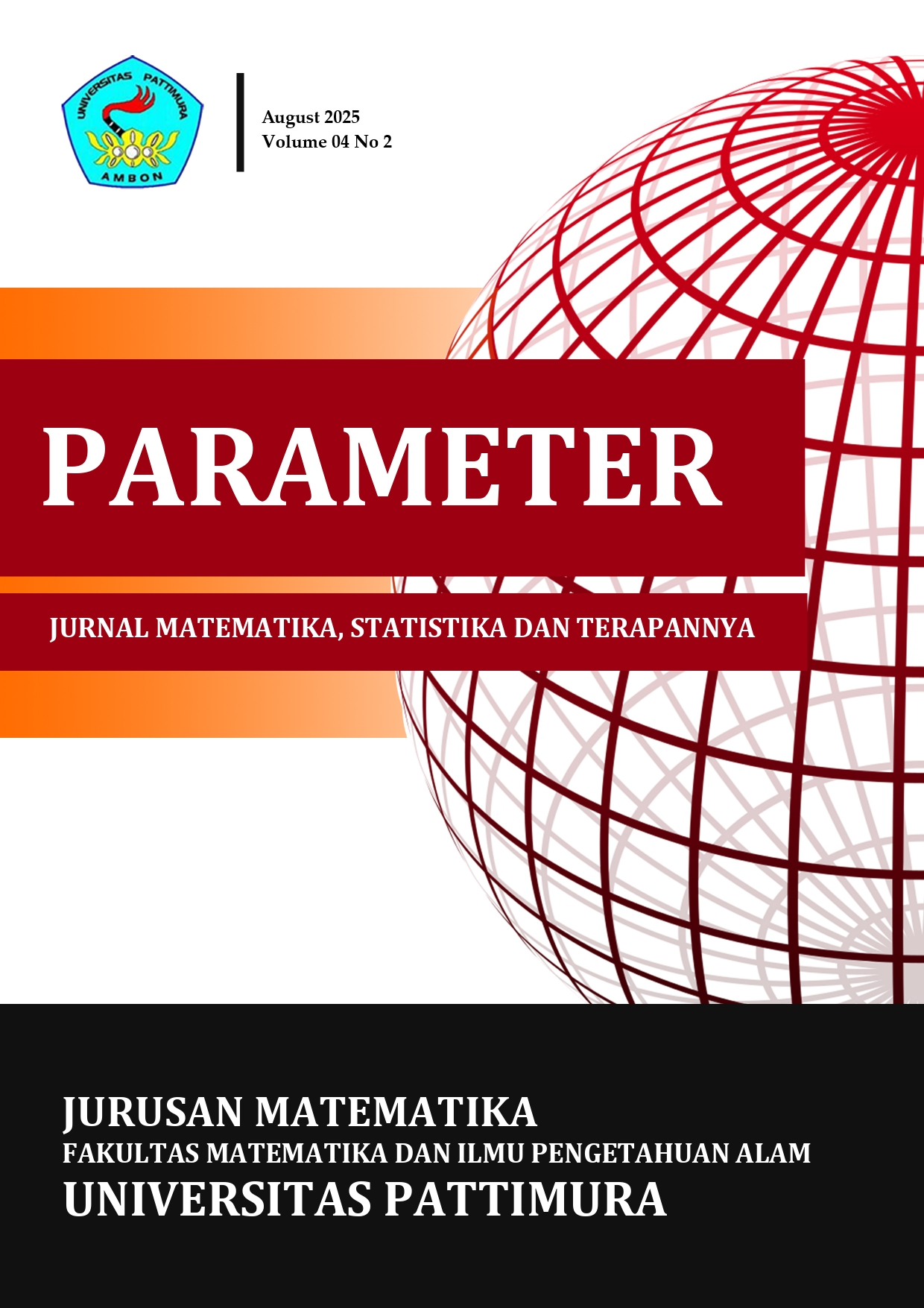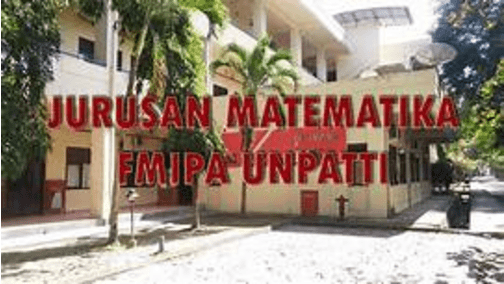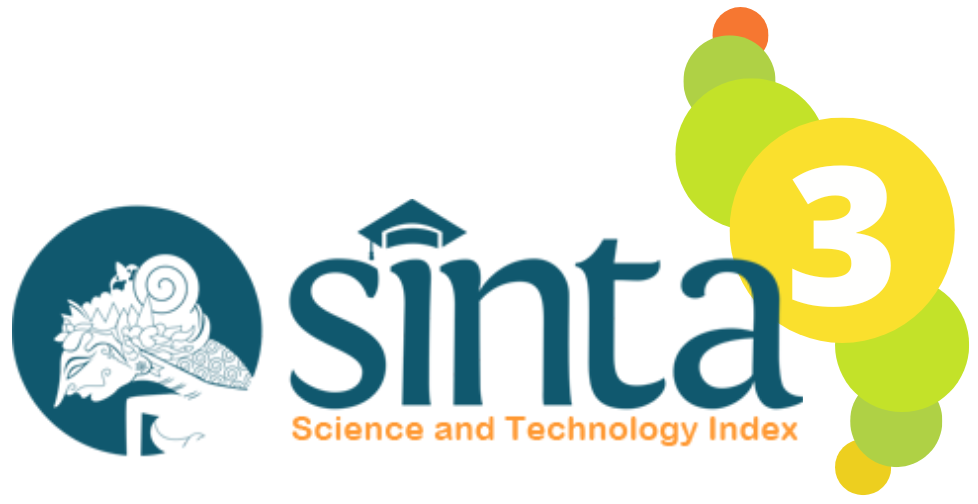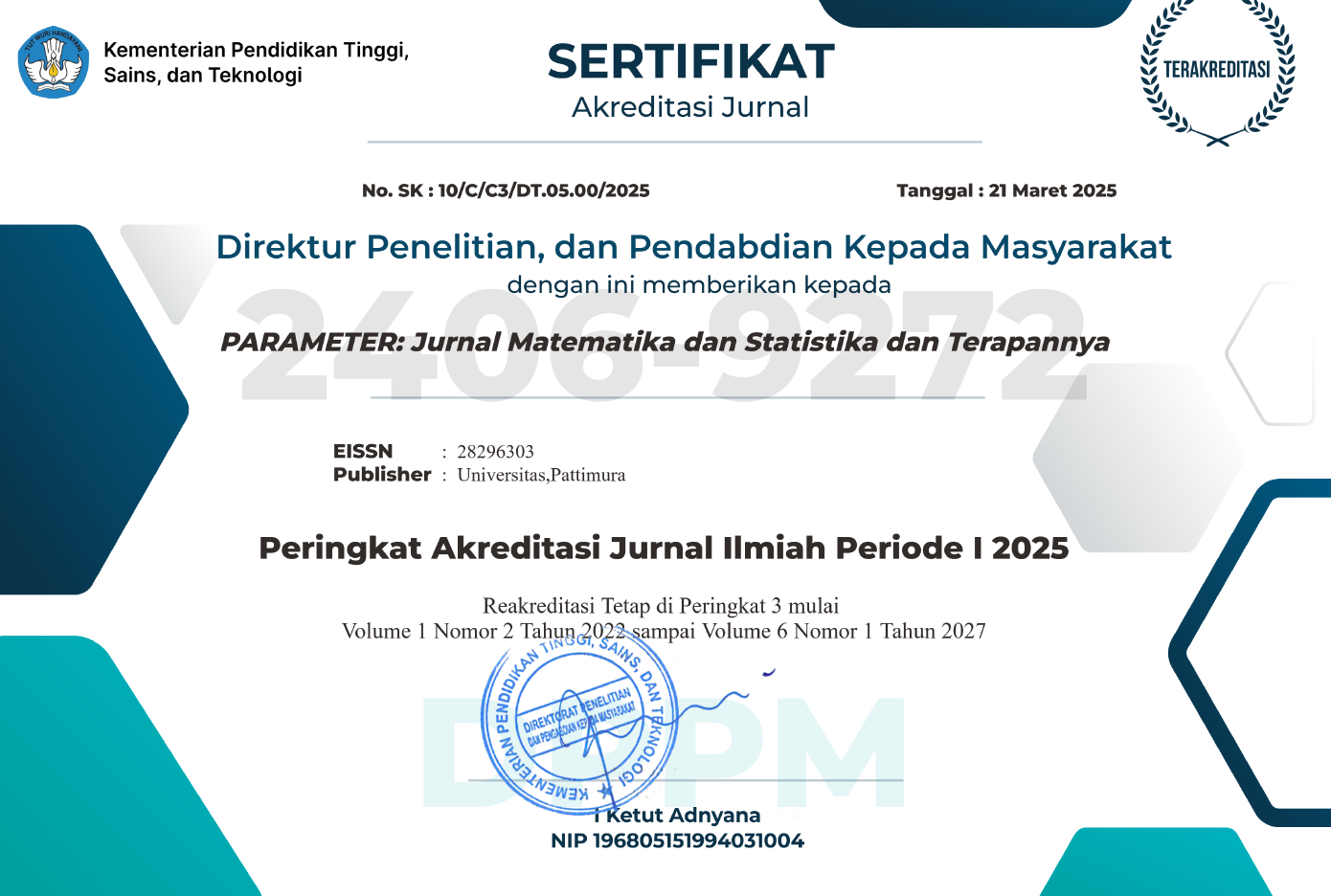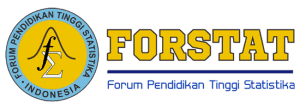Indonesian Students Reading Literacy Score in Framework Hierarchical Data Structure Using Multilevel Regression
Abstract
Education is essential for improving the quality of Indonesian society. Indonesia participated in the Programme International Students Assessment (PISA) survey to improve the quality of education. Based on the 2018 PISA survey data, Indonesia's reading literacy score has a hierarchical data structure, which means students at level 1 are nested by schools at level 2. The multilevel model is an appropriate approach to analyze such hierarchical structures. However, quantitative analysis of PISA data is still rarely carried out. This study aims to analyze the explanatory variables that significantly affect Indonesian students' reading literacy from the PISA survey using multilevel regression. This study examined student-level and school-level explanatory variables obtained from the Organization for Economic Cooperation and Development (OECD). Significant parameter tests revealed that, at the student level, factors such as socioeconomic status, teacher support in language learning, teacher-directed instruction, enjoyment of reading, perceived difficulty, competitiveness, mastery goal orientation, disciplined classroom climate in reading, general fear of failure, attitudes toward school, and perceived feedback significantly influence reading literacy. At the school level, school size was found to be a significant factor affecting reading literacy scores. Furthermore, the Intraclass Correlation Coefficient (ICC) indicated that schools accounted for 49% of the total variance.
Downloads
Copyright (c) 2025 Vera Maya Santi, Yuliana Rahayuningsih, Bagus Sumargo

This work is licensed under a Creative Commons Attribution-ShareAlike 4.0 International License.

